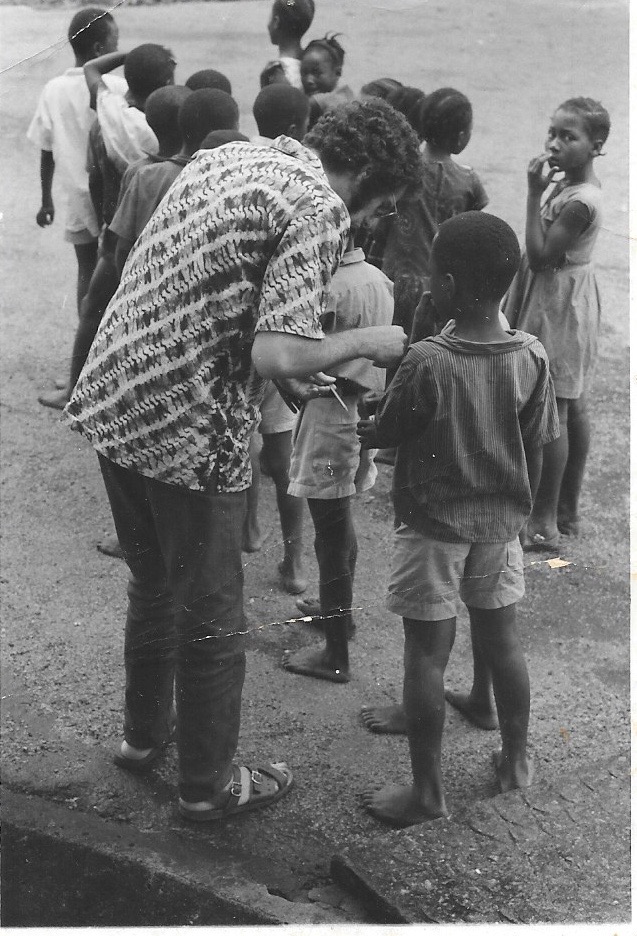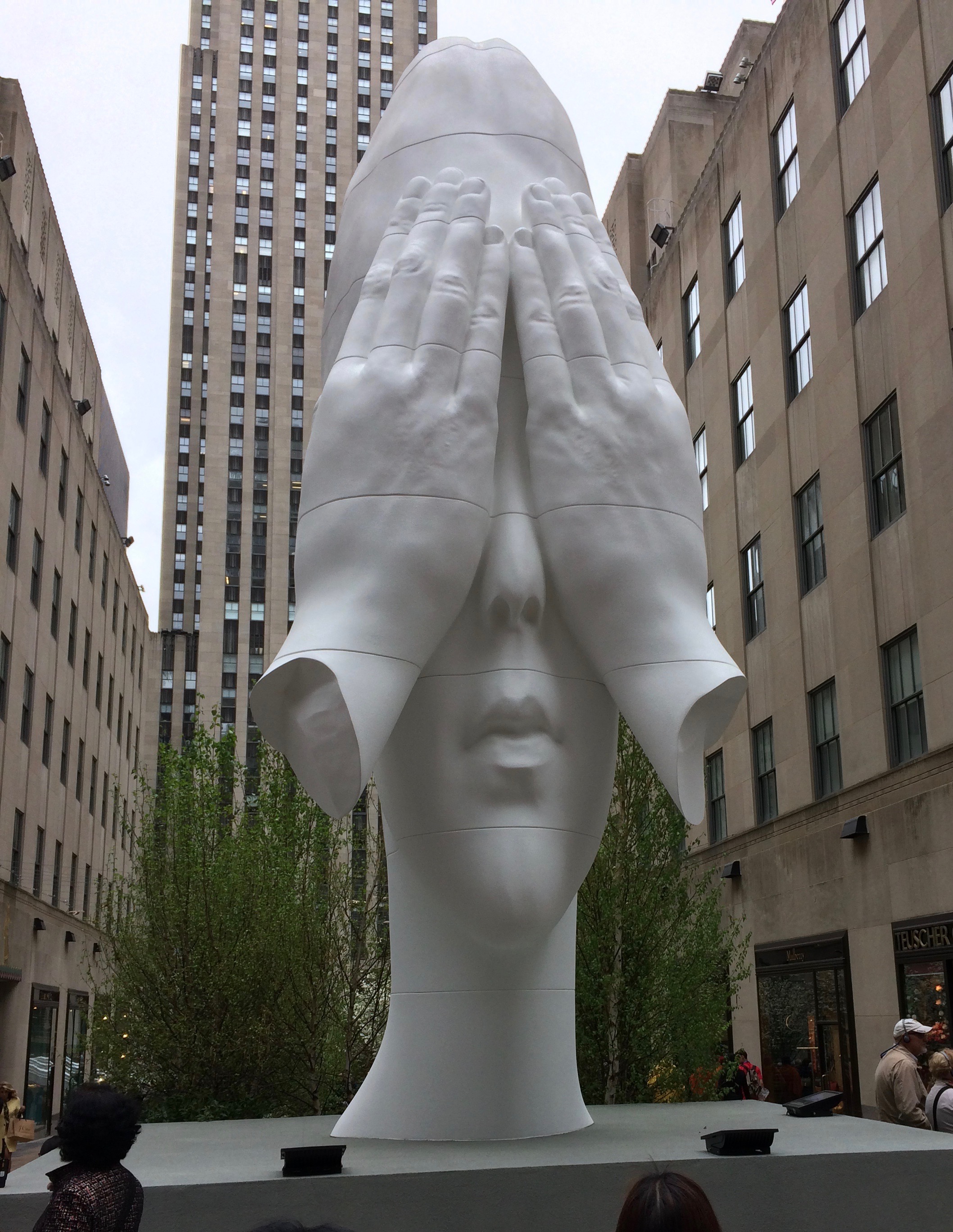Hiding Investigations Crucial For the Rule of Law Behind Ones That Undermine that Rule
Last week was dramatic and this week more of the same has been occurring. We have heard clear evidence, once again, of possible criminal acts by T, lies and distortions topped with extortion. We’ve seen the President and his minions try to cover up, obfuscate, or distract our attention from what T did and attack those who reveal what occurred.
But this latest series of revelations regarding the Ukrainian affair is so obvious a violation of what any President should do and so obviously screams for impeachment, I wondered, once again how much of T’s behavior is from pure narcissistic arrogance and the craving for absolute power, how much from ignorance, and how much is it an impeachment-wish?
The most obvious evidence that the phone call between T and President Zelensky of Ukraine is impeachable (aside from the transcript of the call itself) comes from State Department official David Holmes who testified last Friday behind closed doors and will testify before a public hearing this Thursday. If you haven’t heard about his testimony, he overheard a phone call from the Ambassador to the European Union Gordon Sondland to T on July 26th, the day after the infamous phone call that is at the heart of the impeachment proceedings. This second phone call took place on Sondland’s non-secure cell phone in a restaurant in Kiev. Holmes could hear Mr. T clearly, as the Ambassador held the phone at a distance from his ear because the President was speaking very loudly.
In the July 26th call, T asked Sondland if the Ukrainians were “going to do the investigations?” Sondland replied that they were ready to do anything T asked of them. Later on, Sondland told Holmes that T only cared about “the big stuff.” When asked if the war in Ukraine was “big stuff” Sondland clarified that “big stuff” referred to anything that personally “benefits the President, like the quote, unquote, ‘Biden investigation’ that Mr. Giulani was pushing.” Saving Ukraine from Russia or supporting democracy were not “the big stuff.”
Earlier last Friday afternoon (11/15), I also felt a mixture of outrage and disbelief when I heard about the President’s tweet attacking Ambassador Yovanovitch during her testimony to Congress. This tweet destroyed any pretense that the President cared about the law. It was not only a clear and very public example of witness intimidation, but it was done on the day it was announced that T’s adviser, Roger Stone, was found guilty of witness intimidation and other crimes.
The main point of the phone call between T and President Zelensky, as David Holmes and others made clear, was to force the Ukrainians to do T’s bidding. If they wanted a public meeting with the U. S. President and the military aid passed by Congress, they would have to announce they were undertaking two investigations, one into the Bidens and one to create evidence supporting the Russia backed claim that it was Ukraine that interfered in the 2016 election, not Russia.
This is a strategy often utilized by the T administration and other Republicans in the past. Remember months of investigation into Benghazi and the eventual revelation that Mrs. Clinton followed procedure and that responsibility for the deaths at our embassy lay elsewhere? Remember “Lock her up” and T’s continual attacks and calls for investigations not only of Hillary Clinton but President Obama?
In the end of 2016 and beginning of 2017, possibly to detract from Russia working to help him win the election as well as to counter the fact that he lost the popular vote, T claimed that millions of people voted illegally, despite there being no evidence to back up that claim. David Becker, from the Center for Election Innovation & Research, and others have examined Trump’s claim. They found no evidence of any massive illegal voting or fraud.
Despite the lack of evidence, T went on to appoint a White House Commission into voter fraud. The commission, despite being conducted by T supporters, also found that no state in the union uncovered any significant evidence of voter fraud and the commission was disbanded in 2018.
This strategy has been used to smear Democrats and undermine the rule of law. It is being used to attempt to make any investigation of T meaningless by creating counter and unwarranted investigations of their own. It is part of his larger tactic of attacking anyone who disagrees with him and creating fear in his political or economic opponents.
All through the Mueller Investigation, T claimed, without any evidence, that the investigation was a “Witch-hunt”, that it was based on shoddy intelligence or illegal wiretaps or a bias against him. When the Mueller Investigation was coming to an end, T and his GOP sycophants pushed to “investigate the investigators.”
The Trump DOJ has started several investigations to advance their agenda to hide the facts of T’s abuse of power and utilizing Russian interference to win an election. Inspector General Michael E. Horowitz has been examining how the FBI obtained a warrant to wiretap Trump campaign adviser Carter Page.
The DOJ has now opened a criminal investigation into the origins of the Mueller probe into the Russian Interference in the 2016 election. This investigation is being overseen by the Attorney General himself, William Barr, although it is being officially run by John Durham, the U. S. attorney in Connecticut. The targets of the investigation include FBI officials like James Comey, or anyone that was part of the Mueller team that could be accused of anti-Trump bias. Durham has been asking witnesses if the CIA somehow tricked the FBI into opening the Russia probe. Mr. Barr has personally participated in the investigation. According to the New York Times, he has flown to Italy to speak to their Prime Minister, and also contacted officials in Australia and Britain, and possibly Ukraine.
A recent blog by Mark Sumner for Daily Kos speaks about this and Barr’s efforts to protect T with a report on the Russia investigations. The report is due to come out before Thanksgiving and aims to re-write history and distract from the impeachment proceedings. It will repeat Russia’s claim that it never interfered in the 2016 election and attempt to discredit the evidence of 16 U. S. intelligence agencies to the contrary. And it will claim that T has been unfairly attacked ever since he was called the winner of the 2016 election.
Barr has often attacked the Democrats and the courts for working against the President’s agenda and, according to NPR and in his own words, working to “cripple the T administration from the beginning.” His position is that there are almost no legal restraints on T’s presidential power. He accused Democrats of the “systematic shredding of norms and undermining the rule of law.” According to Neil Kinkopf, a law professor who testified at Barr’s confirmation hearing, Barr believes that any dissent or opposition to the president is contrary to democracy. This is in line with T calling for Democrats to be arrested for treason for opposing him or calling for his impeachment.
So, this is what we face. I don’t know if T has a secret wish to be removed from office or not. But I do know that if I had had any doubts about why T must be impeached or legally removed from office, ASAP, this evidence would convince me. The fight here is to preserve the rule of law, preserve our rights, freedoms, and the principle that political power resides in the people of this nation as a whole, not one person, party, class, race or gender, and not Russian or other foreign agents. And we must be prepared to defend those rights.
This blog was also published by The Good Men Project.




